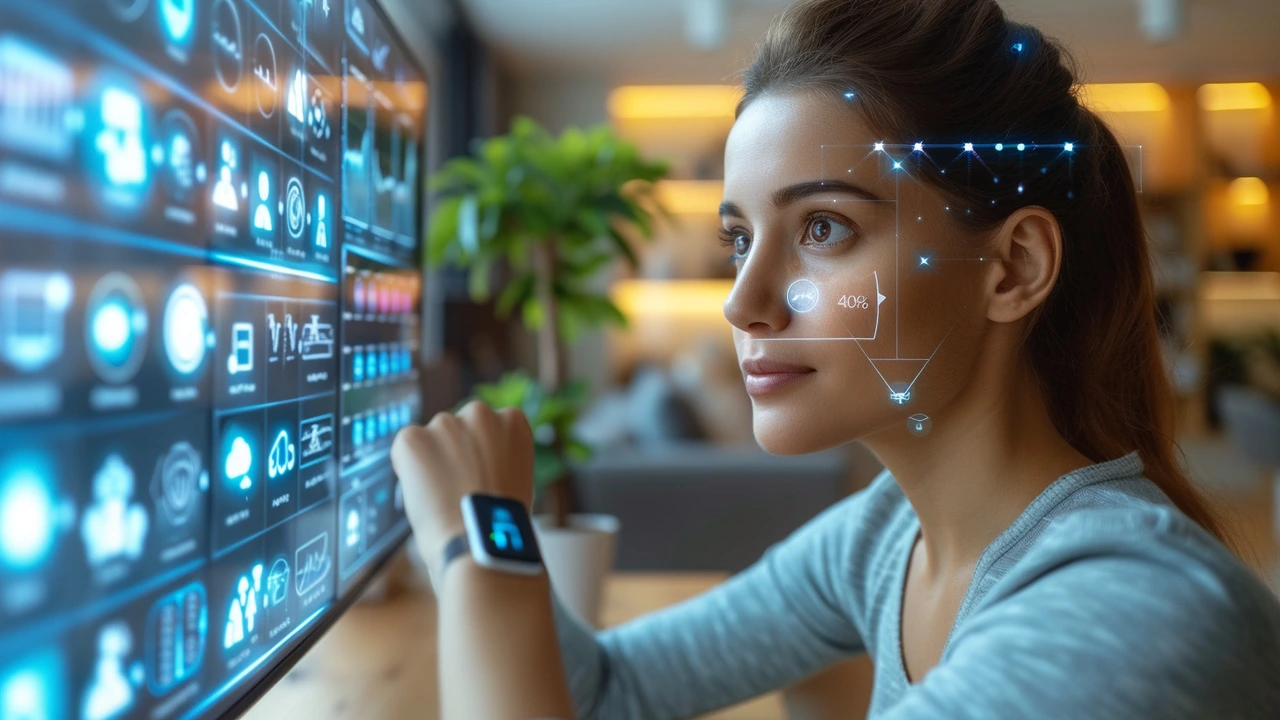Imagine learning to slow your heart, ease muscle tension, or stop a migraine by watching a screen. That’s biofeedback therapy in a nutshell: you get real-time data from your body and use it to change how you react. It sounds technical, but the idea is simple—see a signal, change the signal.
Small sensors measure things like heart rate, skin temperature, muscle activity (EMG), or brain waves (EEG). The device turns those signals into sounds or visuals you can notice right away. When your breathing steadies or your muscles relax, the feedback changes and you learn to repeat that response. Over repeated sessions your brain and body pick up the habit, so you can use it without the machine.
This isn’t magic. Clinical trials have shown specific benefits: for example, biofeedback often reduces migraine frequency and helps people lower blood pressure when combined with usual care. Heart rate variability (HRV) biofeedback has solid backing for anxiety and stress control. Neurofeedback (EEG-based) can help with attention and some mood issues, though results vary and work best with consistent practice.
People try biofeedback for many reasons: chronic pain, tension headaches, migraines, anxiety, high blood pressure, IBS, and muscle tension. If you’ve tried breathing exercises and mindfulness but want clearer, faster feedback, biofeedback can speed up learning. It’s also useful when medications aren’t an option or you prefer non-drug approaches.
It’s not a cure-all. Some conditions respond better than others. For migraines and tension-type headaches, many patients see fewer attacks. For anxiety and stress, HRV biofeedback often reduces panic and improves calm. Neurofeedback may help attention issues, but expect several sessions and steady practice.
Sessions usually last 30–60 minutes. A clinician places sensors, runs simple tasks, and coaches you on techniques—breathing, visualization, or progressive muscle relaxation—while you watch feedback. Most programs recommend 6–20 sessions depending on the goal. After a few sessions you’ll get homework: short daily practice to lock in gains.
You can also find consumer biofeedback tools—wearables and apps that track HRV or breathing. They help, but clinical devices used by trained therapists give clearer signals and tailored coaching. If you try apps, use them as a supplement, not a full replacement for professional care when the issue is severe.
Quick tips: pick a licensed provider who explains goals and expected timeline, ask about device type (EEG, HRV, EMG), and commit to daily short practice. Results take weeks, not hours, but many people notice steady improvement in stress, sleep, and pain management.
Biofeedback is practical, hands-on, and teachable. If you want tools that train your body and mind together, it’s worth a look—especially when you want non-drug options with measurable progress.

Hey there, friends! Are you curious about biofeedback therapy and its benefits for ADHD? I sure was, so I decided to really get into it and share what I found out. With biofeedback therapy, you can learn to control your own body functions - imagine that! It's so empowering to see how you can manage ADHD symptoms, improve focus, and reduce stress on your own terms. So stick around, let's discover this together!
Read More